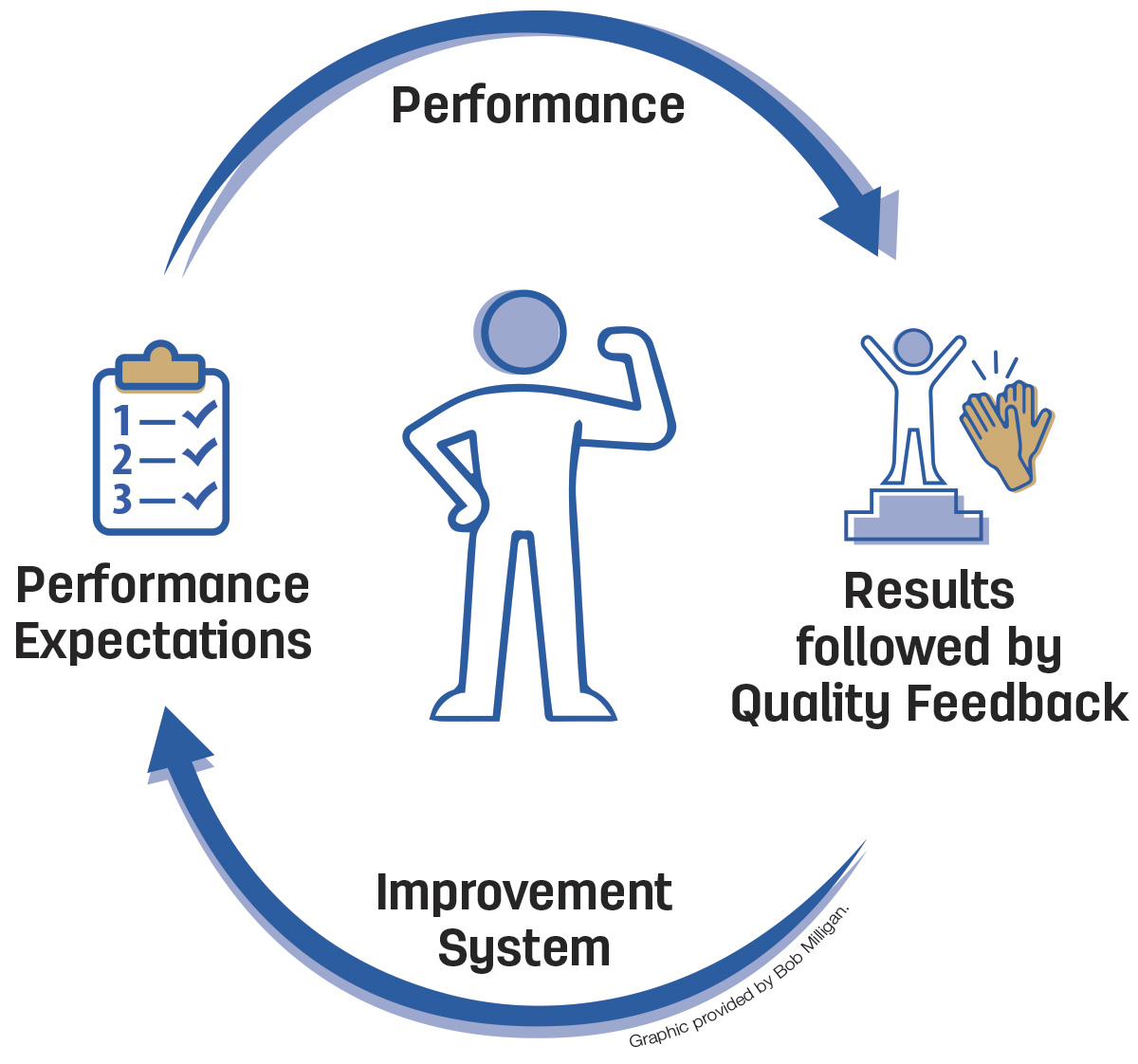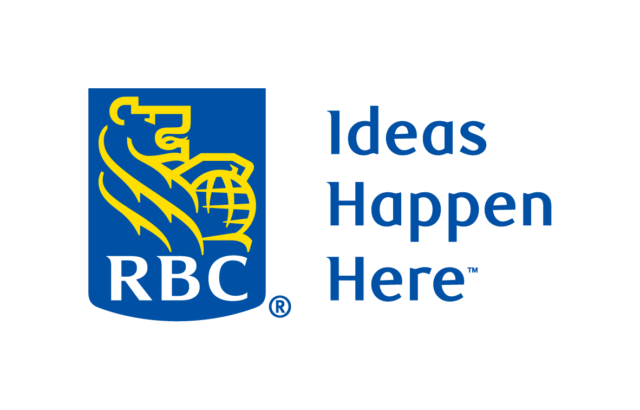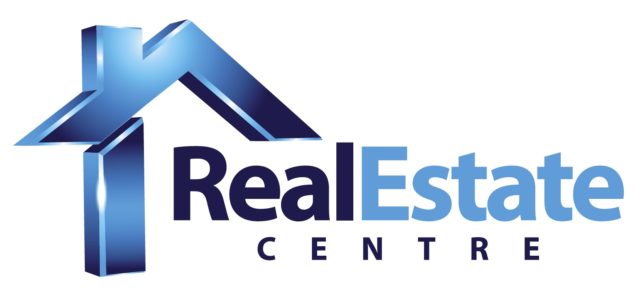We have been wondering what the “new normal” after COVID will look like, and when it comes to employment, the picture is emerging. The hiring challenges before COVID are intensifying, and workforce mobility is escalating. Some are calling this the “Great Resignation.” There are no easy solutions, but I completely agree with a speaker at a recent conference I attended who said, “If you want good employees, be a good employer.”
My next two articles will address this theme. In this article, we address perhaps the greatest opportunity to improve your standing as an employer – a performance improvement system. Providing excellent feedback to employees has dual advantages of improving performance and increasing engagement.

Let’s start by comparing two performance conversations:
Conversation 1
Supervisor: Gene
Employee: George, a feeder
Gene: “George, we must talk. I am concerned that you are becoming less accurate with the feed proportions. You must improve!”
George: “I don’t understand. I don’t see that I am doing anything different.”
Gene: “You must be more careful and concentrate on what you are doing.”
George: “I am doing that. What exactly should I change?”
Gene: “You just must concentrate more.”
Conversation 2
Supervisor: Ted
Employee: Ashley, a feeder
Ted: “Ashley, I can’t believe another month has passed. It is time for our monthly performance improvement discussion.”
Ashley: “I know, it has gone fast. It has been a good month.”
Ted: “Before we look at your performance numbers, do you have any issues you wish to discuss?”
Ashley: “Not this month.”
Ted: “This has been a tough weather month. How did your results hold up?”
Ashley: “Pretty similar to last month. My performance exceeded the expectations we set on ingredient proportion variation. I was a little below the expectation on completion time. I am certain it was due to the weather.”
Ted: “Excellent, especially given the weather we have had.”
How would you compare the two conversations? Which sounds more like the performance conversations you have? Here are some of my comparisons:
- The biggest difference is that George (Conversation 1) received essentially no useful feedback compared to Ashley’s (Conversation 2) participation in a performance improvement process.
- Ted and Ashley (Conversation 2) were talking about quantified measures of performance; Gene and George were not.
- Ted and Ashley’s discussion was more informal and collaborative; Gene and George’s conversation was one-way with George on the defensive.
When it comes to performance, employees have two key questions:
1. What performance is expected of me?
2. Am I meeting those expectations (winning)?
The only thing clear to George after his conversation with Gene was that he was not meeting expectations; unfortunately, he had no idea why. Ashley, on the other hand, knew the expectations and was able to compare her performance to those expectations. She could answer both questions.
Let’s use a baseball game to illustrate why measurable performance expectations are crucial to performance improvement. I am a Minnesota Twins fan. Last night, the Twins scored three runs. Did they win? You do not know because you do not know how many points the opponent scored.
In answering this baseball score question, you are in the same predicament as most employees. Typically, employees are not provided clear expectations to know how they are doing and if they are winning. This leaves them feeling like George after his discussion with Gene. (The Twins did win, as Seattle scored two runs.)
Historically, around the world and in agriculture, the annual performance review has served a leading role in performance feedback. Think about how useful it would be to know the opponent’s score for all the games only at the end of the season. I refer to the traditional form of the annual performance review as the “dreaded annual performance review.” Every human resource expert I know recommends that this annual meeting be eliminated or transformed (I am in the transformed camp) and replaced with a performance improvement system.
The key to a performance improvement system is: It regularly answers the “am I winning” question and resets performance expectations while providing continuous feedback. Such a system is depicted in the accompanying diagram that comes from my participation on the team developing the Cornell Agricultural Supervisory Leadership Certificate (Agricultural Workforce).
Structurally, this system is like your animal and crop systems where you set goals, continually observe, analyze performance compared to those goals and then reset the goals. The crucial difference is: The performance improvement system works best when the employee is integrally involved and committed to the process and improvement.
The two sides of the diagram represent a focus on answering each of our two key employee performance questions.
1. The left side answers: What performance is expected of me?
2. The right side answers: Am I meeting those expectations (winning)?
I recommend this system be implemented with three key components:
1. Frequent, immediate feedback.
2. A regular feedback system focused on comparing actual and expected performance. This is typically monthly.
3. A development/career-focused meeting – typically annual and often referred to as a “stay meeting.”
The first component is crucial because feedback does not age well. Just as you want to continually know the score when watching a game, employees want to continually know how they are performing. I have often written about the challenges of the dual role of a working manager – tasks and supervision. This component can be integrated with your task work, but it does require a change to identify and provide feedback on employee performance. Positive feedback is key with people – not so much with animals and crops.






